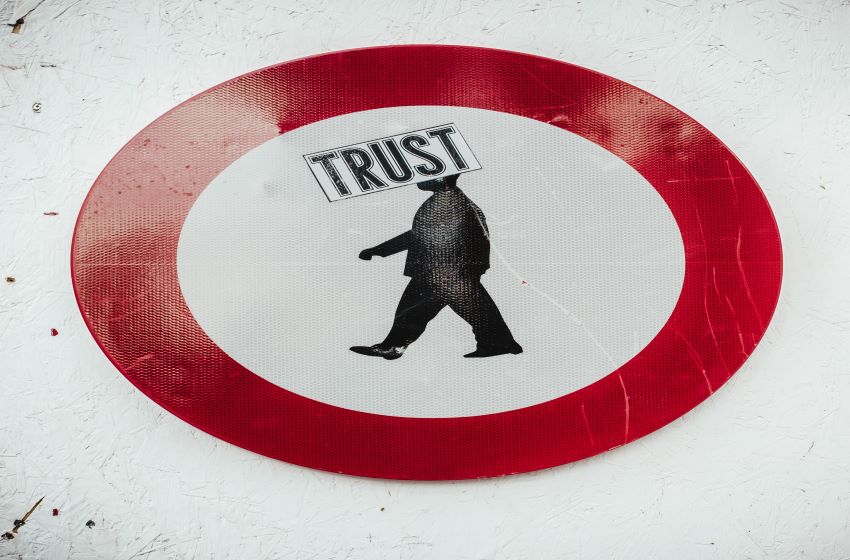
Which news media do Europeans trust
Europeans trust traditional broadcast and print media more as news source than online news platforms. 67% of Europeans use Facebook. Television dominates as the primary news source (75%) and this is particularly true for older generations. Paying for online news content is still rather the exception. 70% of those who access news online would use only free news services online, according to a Eurobarometer survey published by the European Parliament.
Overall, public TV and radio stations are the most trusted news source in the EU (49%), followed by written press (39%) and private TV and radio stations (27%). according to a Eurobarometer survey published by the European Parliament.
Poland stands out as the only country where private TV and radio stations are the most trusted news source. In an even more radical shift away from traditional news sources in general, respondents in Hungary mention “people, groups or friends followed on social media” as their most trusted news source.
POLITICS AND LOCAL NEWS
While national political topics interest citizens most (selected by 50% of respondents), European and international affairs (46%) is closely behind, on a par with local news (47%).
With 75%, television dominates as the primary news source, particularly for citizens over 55 years old. Next and quite distant are online news platforms (43%), radio (39%), and social media platforms and blogs (26%). The written press comes in fifth place with one out of five respondents (21%) citing newspapers and magazines as their primary news source.
SOCIAL MEDIA
Younger respondents are much more likely to use social media platforms and blogs to access news (46% of 15-24 year-olds vs 15% of 55+ year-olds).
Although traditional news sources – particularly television – are important, 88% of respondents get at least some news online via their smartphone, computer or laptop. 43% of respondents use the website of the news source (e.g. website of a newspaper) to access news online, and 31% read articles or posts that appear in their online social networks. Accessing news posts via their online social networks is even more important to young people, (43% of 15-24 year-olds vs 24% of 55+ respondents).
“Citizens trust traditional broadcast and print media, including their online presence, more than online news platforms and social media channels. Whether it is via their ‘native channel’ or their online presence, 49% of respondents expect public TV and radio stations to give them truthful news, followed by the written press, selected by 39%. On the other hand, private TV and radio stations are cited by 27% as a trusted media source”, the survey shows.
TRUST
“The importance of trust also resonates when respondents were asked what would make them likely to open a news article online. While 54% are motivated by the title being relevant to their interests, 37% say that it is important they trust the news outlet posting the news article”, the report says.
news media28% think that, in the past seven days, they have very often or often been exposed to disinformation and fake news. Respondents in Bulgaria are overall the most likely to reply that they have often been exposed to disinformation and fake news in the past seven days, with 55% estimating they have been ‘very often’ or ‘often’ exposed, while respondents in the Netherlands are the least likely to say so (3% ‘very often’ and 9% ‘often’ responses).
12% feel ‘very confident’ and 52% ‘somewhat confident’ that they can see what is disinformation. The level of confidence in distinguishing between real news and fake news decreases with age and increases with level of education.
Key findings:
- 72% of respondents reply that they have recently read, seen or heard something about the European Union, either in the press, on the Internet, television or radio;*
- 57% have recently read, seen or heard some thing about the European Parliament.
- Television dominates as the primary news source (75%), particularly for over 54 year-olds (85% access news via television). Next are online news platforms (43%), radio (39%), social media platforms and blogs (26%). The written press comes in fifth place (21%).
- Younger respondents are much more likely to than older respondents to use social media platforms and blogs to access news (46% of 15-24 year-olds vs 15%of55+ year-olds).
- Although traditional news sources – particularly television – are important, 88% of respondents get at least some news online via their smartphone, computer or laptop (vs 10% who never access news online). 43% of respondents use the website of the news source(e.g. website of a newspaper) to access news online, and 31% read articles or posts that appear in their online social networks.
- Among those who access news online, 70% only use only free news content or news services online.
- Respondents who access news online were asked what make them likely to open an article, 54% reply that a title relevant to their interests makes it more likely they open an online newsarticleand37%that it is important they trust the news outlet posting the news article.
- A majority of respondents use Facebook (67%), WhatsApp (61%) and YouTube (56%). Among 15-24 year-olds, Instagram is the most used social media platform(79%). TikTok (49%) and Snapchat (43%) are also common among the youngest respondents.
- Across all age groups, about half of respondents use social media to send direct messages to friends and family and at least four in ten use social media to follow the news and current events (44%-46%), but there is a difference in posting habits: 28% of 15-24 year-olds post their own content on social media, compared to 15% o f55+ year-olds.
Moonshot News is an independent European news website for all IT, Media and Advertising professionals, powered by women and with a focus on driving the narrative for diversity, inclusion and gender equality in the industry.
Our mission is to provide top and unbiased information for all professionals and to make sure that women get their fair share of voice in the news and in the spotlight!
We produce original content, news articles, a curated calendar of industry events and a database of women IT, Media and Advertising associations.




